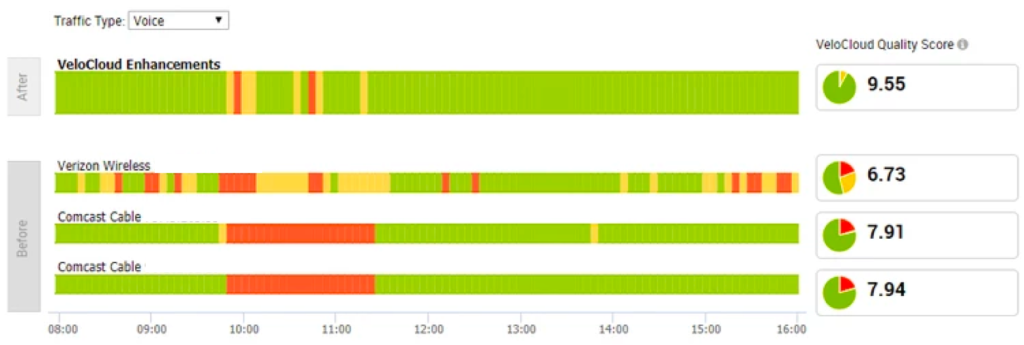VeloCloud Kept Users Connected during the Level 3 Outage in the US

Internet connectivity is now easily one of the most critical components in a business now. Without it, many aspects of companies would not function and result in many lost opportunities and big loss to profit. One such example would be what happened on November 6, in which Level 3 an ISP backbone used by many internet […]
Power Shift in the SD-WAN Market
The SD-WAN market is seeing more and more businesses opting to integrate SD-WAN solutions into their IT systems. One of the rising stars of the growing industry, Velocloud, has gone with the approach of making SD-WAN “as a service”. In an interview with CRN, VeloCloud CEO Sanjay Uppal explained his insights on the SD-WAN market, more […]
